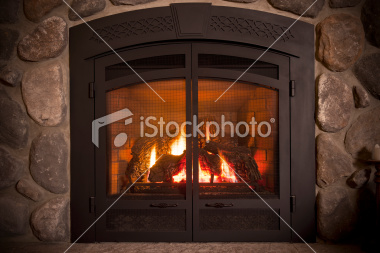'Dammed If You Don't...'


This is the time of year when homeowners find themselves dreading the ice and damning the dams - the ice dams that form on eaves and along the edges of roofs.
There are plenty of reasons to hate ice dams. They damage roofs and the underlying structures, encourage water buildup and leaks, and reflect heat loss and cause general energy inefficiency. Unfortunately, once an ice dam forms, it's almost impossible to remove in any manner other than waiting for spring.
Ice dams are formed when as little as one or two inches of snow on a roof is melted by heat leaking through the roof from the attic. The melting snow runs down the roof and refreezes at the roofs edge, where there's no house heat to keep the snow in liquid form.
And That's Just the Beginning...
Ice at the roof's edge encourages more ice buildup, forming a dam. Like all good dams, the ice dam holds back water, which collects on the roof and finds its way back through the shingles inside the house, where it can damage plaster, wallboard and paint.
How does warm air get into the cold attic?
There are two primary culprits for roof warming. They are:
1.) Inadequate or incomplete insulation.
2.) Attic bypasses, or hidden pathways for heat to escape into the attic (cutting the effectiveness of the insulation by 30-70%). Fiberglass or cellulose insulation slows air movement, but they don't stop it.
Common attic bypasses are:
? Vent stack (the upper portion of the plumbing waste pipe through which gases and odors escape)
? Attic entry (hatch doors, pull-down stairs or stairways)
? Chase-ways (where chimneys, garbage chutes, etc., go between floors and attic)
? Heating ducts (where ducts go through the attic)
? Shared walls between apartments
? Places where electrical wires, electrical boxes and fan housings penetrate into the attic
? Improperly vented bathroom fans and/or kitchen range hood fans (vented into the attic rather than outside)
? Ceiling light and/or ceiling fan fixtures
? Dropped ceilings (above kitchen cabinets, bathtubs or closets, or the slanted ceiling above a stairwell)
? Gaps at the top of interior walls
? Knee walls (short walls between the ceiling and floor, common in story-and-a-half houses
Turning It Around
Improving attic insulation is the first step toward beating ice dams. However, if your roof encourages ice dams, make sure your roofing and insulation contractors check out and seal around ventilation points as part of the ice dam treatment. The idea is to allow ventilation while minimizing heat loss. After the ventilation points are sealed, have the contractors insulate the attic to a minimum of R-38.
If you're planning a major remodeling project this summer that involves the roof, attic, or the siding, do your best to survive this winter's crop of ice dams by calling a roofing professional who specializes in ice removal. If you must, have your contractors address heat loss through your attic during the remodeling. This kill-two-birds-with-one-stone approach will save you money while removing one more dam from your house's vocabulary.
Ice dams can cause huge problems if left unchecked. If you have ice overhangs like these, contact www.focusonenergy.org for a list of certified home inspectors to assist you in finding areas where heat can escape from your home and contribute to ice dams.






